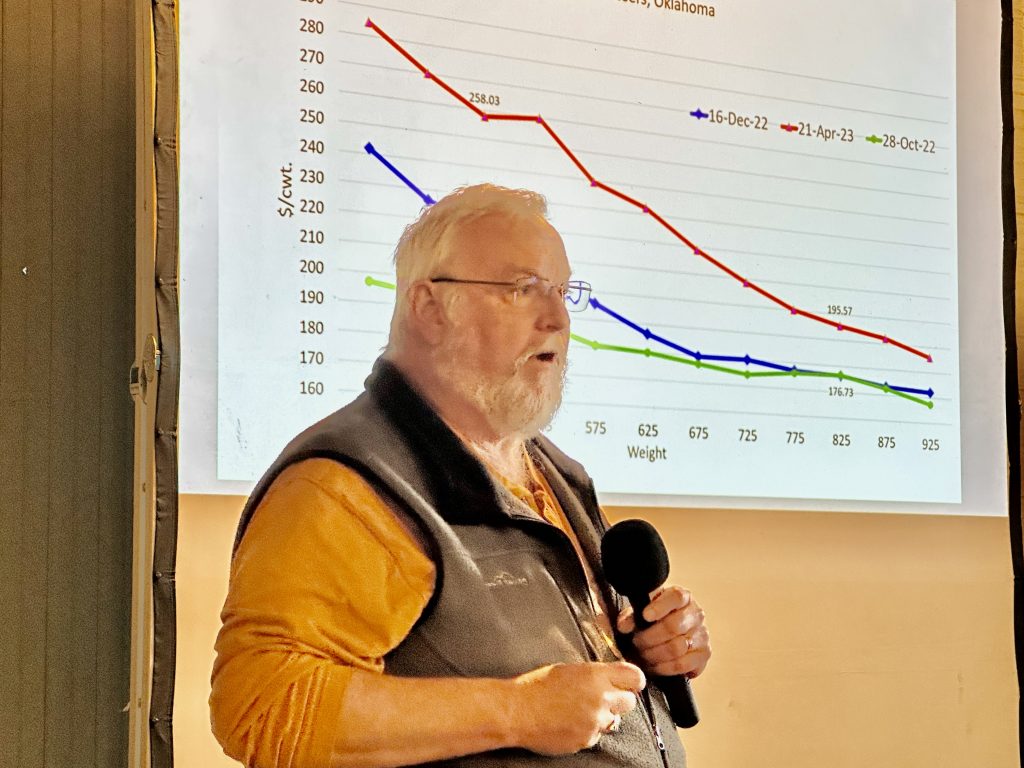
In today’s Beef Buzz, senior farm and ranch broadcaster Ron Hays speaks with OSU Extension Livestock Market Economist Dr. Derrell Peel, who says dry weather has slowed progress on what many expected to be an excellent wheat pasture season. “It’s kind of slowed things down a lot in terms of both planting wheat in some cases, for even the wheat that got planted,” Peel explained. “I’ve noticed that it sure seems to be stalled out right now. We’ve gotten quite dry here lately, so definitely delaying things a bit.” These conditions, he noted, are making it harder for stocker operators who rely on timely wheat growth for fall grazing opportunities.
Peel explained that stocker operations are facing some of the toughest economic conditions in the cattle business right now. “The stocker situation is pretty tricky right now, arguably one of the trickiest pieces of the entire cattle industry,” he said. With calf prices at record highs, “the purchase price from a stocker standpoint is extremely high,” while feedlots—eager to maintain numbers amid tight feeder supplies and cheap feed—are “buying down into the feeder supplies in a bigger way, and kind of squeezing the stocker guy from the other end.” Peel believes “I really think the stocker producer has to be real careful penclling it out and figure out what might work for them.”
Despite the challenges, Peel highlighted the continued importance of dual-purpose wheat systems in Oklahoma and surrounding states. “It’s an excellent forage,” he said, “that’s why we use it for stocker cattle.” Producers can graze cattle through the winter and still harvest grain in the spring, or adapt their programs to support breeding heifers or cow-calf herds. “Producers may also be using that as part of their cow-calf feeding program,” he noted, adding that it “requires a little more management” but offers flexibility depending on herd goals.
Feedlots, meanwhile, are being pushed to adapt as feeder supplies tighten. “Feedlots do what they have to do,” Peel explained. “They don’t really like to feed calves—they have more health problems—but when feeder supplies are tight, feedlots are buying down into these lighter weight cattle.” The situation is particularly acute in the Southern Plains, where fewer Mexican cattle imports have compounded the supply squeeze. Peel said that cheap feed costs are helping feedlots stay aggressive: “The low feedlot cost of gain right now, with a record corn crop and cheap cost to gain, allows them to do that, They’re not doing it because they like to, but because they have to.”
The Beef Buzz is a regular feature heard on radio stations around the region on the Radio Oklahoma Ag Network and is a regular audio feature found on this website as well. Click on the LISTEN BAR for today’s show and check out our archives for older Beef Buzz shows covering the gamut of the beef cattle industry today.

















